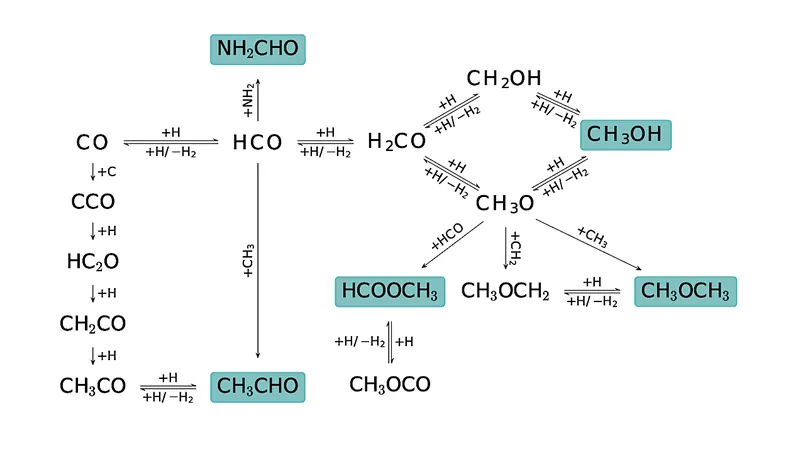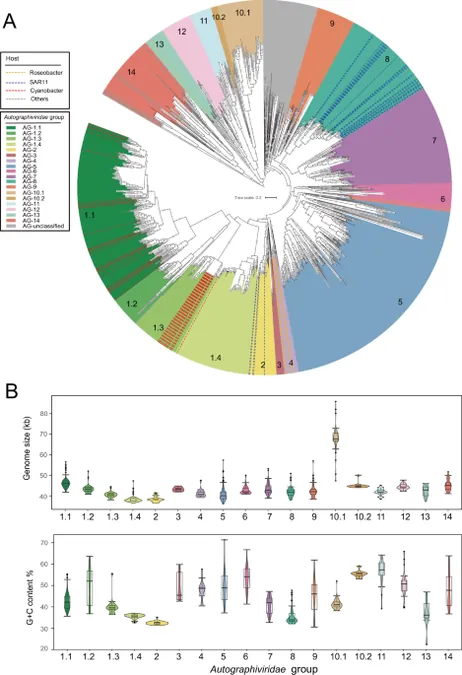
Unlocking the Secrets of Complex Organic Molecules in Prestellar Cores
2025-07-06
Author: John Tan
Astrochemical Breakthrough in L1544
Scientists have made a groundbreaking leap in understanding the formation of complex organic molecules (COMs) in the intriguing prestellar core L1544, utilizing an updated astrochemical model based on MONACO rate equations.
A New Perspective on Molecule Formation
This model uniquely incorporates non-diffusive processes and introduces verified chemical pathways for the creation of key substances like acetaldehyde and methane from icy surfaces. It also considers how hydrogen molecular coverage alters desorption energies—an important factor for molecular dynamics.
Combining Gas and Ice Chemistry
For the very first time, researchers have successfully mirrored the quantities of several oxygen-rich COMs in the gas phase, pinpointed the peak methanol emissions, and gauged methanol concentrations within the icy mantles of the L1544 core.
Intriguing Surface Reactions
At the heart of this study is the fascinating interaction of radical species such as CH3, CH3O, and HCO on grain surfaces. These reactions occur non-diffusively, enabling the effective transfer of COMs into the gas phase through enhanced chemical desorption methods.
Importance of Gas-Phase Reactions
While gas-phase chemistry also plays a crucial role in COM formation, it significantly contributes to gas-phase abundance rather than solid-state accumulations. Notably, compounds like CH3CHO and CH3OCH3 illustrate this dynamic.
Measuring Ice Abundance
Simulations show that the concentrations of methyl formate in ice range between 1-2%, while CH3CHO and CH3OCH3 hold around 0.1%, relative to water ice. This finding mirrors the COM abundances observed in hot cores and corinos, suggesting compelling parallels in astrophysical environments.
Comparative Analysis of Models
Researchers also compared their non-diffusive model against traditional diffusive models, establishing essential parameters for diffusion-to-desorption energy ratios, paving the way for further understanding of molecule behaviors in space.
Research Team Contributions
This innovative research involves contributions from a diverse team including Katerina Borshcheva, Gleb Fedoseev, Anna F. Punanova, and more from esteemed institutions worldwide. Together, they push the boundaries of astrochemistry, illuminating the complex processes behind organic molecule formation in the cosmos.



 Brasil (PT)
Brasil (PT)
 Canada (EN)
Canada (EN)
 Chile (ES)
Chile (ES)
 Česko (CS)
Česko (CS)
 대한민국 (KO)
대한민국 (KO)
 España (ES)
España (ES)
 France (FR)
France (FR)
 Hong Kong (EN)
Hong Kong (EN)
 Italia (IT)
Italia (IT)
 日本 (JA)
日本 (JA)
 Magyarország (HU)
Magyarország (HU)
 Norge (NO)
Norge (NO)
 Polska (PL)
Polska (PL)
 Schweiz (DE)
Schweiz (DE)
 Singapore (EN)
Singapore (EN)
 Sverige (SV)
Sverige (SV)
 Suomi (FI)
Suomi (FI)
 Türkiye (TR)
Türkiye (TR)
 الإمارات العربية المتحدة (AR)
الإمارات العربية المتحدة (AR)